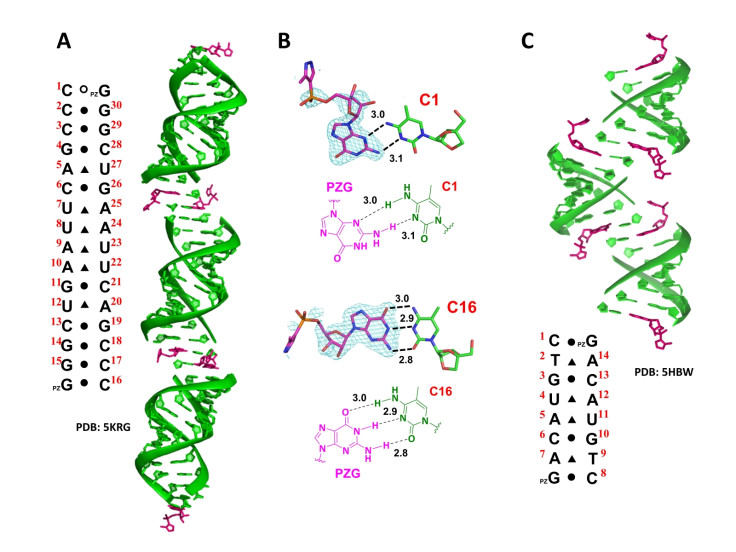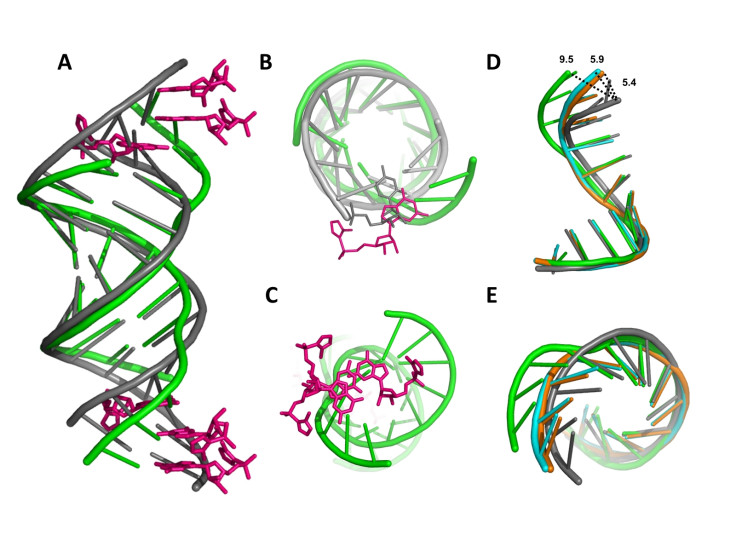The first 'living' molecule may have been RNA
Life on Earth may have started as an 'RNA world' of self-replicating molecules.
The molecule that gave rise to life on Earth had to be able to replicate itself, and researchers at Massachusetts General Hospital have found fresh evidence that this molecule was RNA, a close relative of DNA.
DNA is an unlikely candidate for the original basis for life because it is not capable of replicating itself. It requires the help of the cells chemical machinery to do the replication. This cellular machinery is made of RNA.
An alternative theory is that life began with RNA, as this closely-related molecule is capable of both coding information and of catalysing replication reactions. Replication involves nucleotide building blocks joining up alongside the strand of RNA to make a new strand of RNA.
A paper published in the journal ACS Central Science suggests that RNA molecules have more flexibility in how they interact with nucleotides, the building blocks that make up the longer strands of RNA.
Researchers at the Howard Hughes Medical Institute at Massachusetts General Hospital used X-ray crystallography to see how RNA was matching up with its nucleotides. They found that in addition to the pairing up that would allow faithful replication of the strands, there were some rogue matches that might have halted replication.

"Base-pairing in RNA is essentially the same as in DNA: G pairs with C, and U (instead of T) pairs with A. We were looking at G monomers pairing with C residues on an RNA strand," study author Jack Szostak tells IBTimes UK.
Szostak and his colleagues were surprised to find that the nucleotides were sometimes lining up in an unusual way. "We expected to see only G pairing to C with the standard Watson-Crick geometry and pattern of hydrogen bonds. We were surprised to see, in addition, some different kinds of G-C pairs – a different geometry and a different pattern of hydrogen bonds."

The findings mean that when investigating whether RNA really could self-replicate in a way that could kick off the chain reaction leading to life, the researchers will have to take into account the unconventional ways that the nucleotides are lining up along the strand. This could be the reason that RNA replication is so full of errors, Szostak says. "On the other hand, it points to a simple way that a ribozyme polymerase could improve accuracy: by enforcing the correct Watson Crick geometry of base-pairing," he says.
Catching RNA in the act of full-on self-replication has not yet been achieved in the laboratory, and so hard evidence for the RNA world is some way off. "We and others have made a lot of progress, so we are getting closer, but there is still a lot to learn," says Szostak .
© Copyright IBTimes 2025. All rights reserved.






















